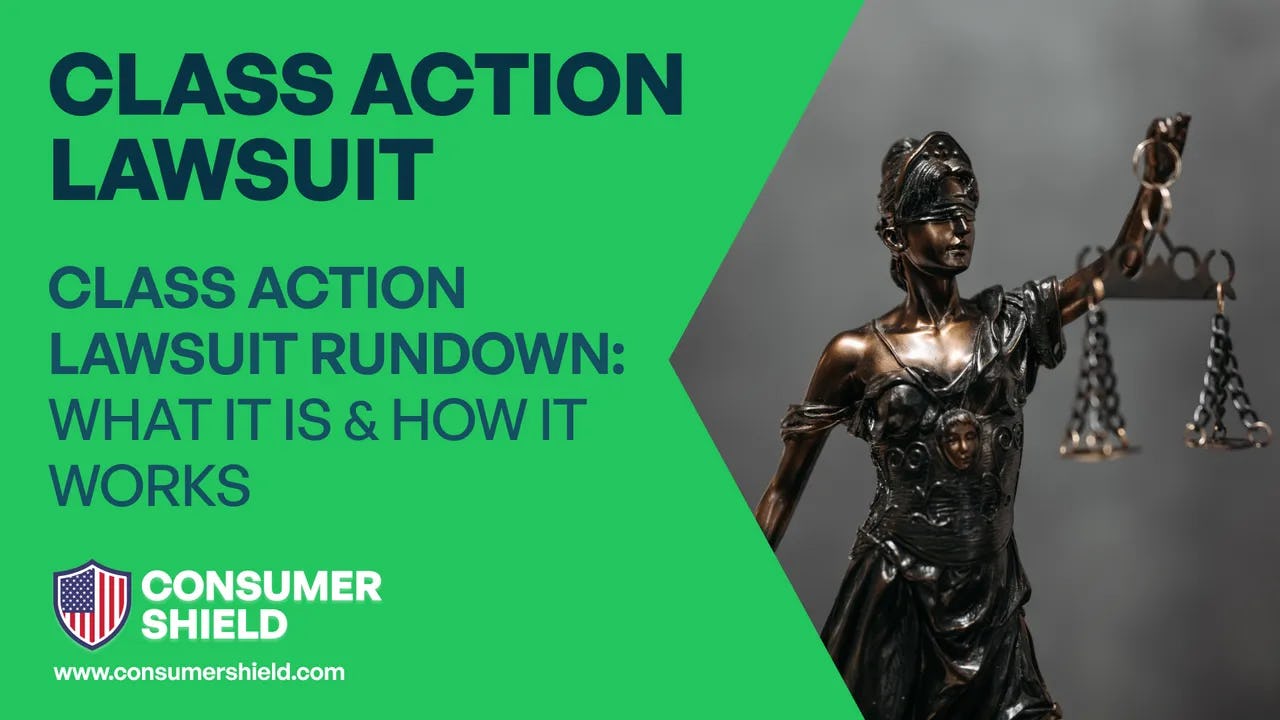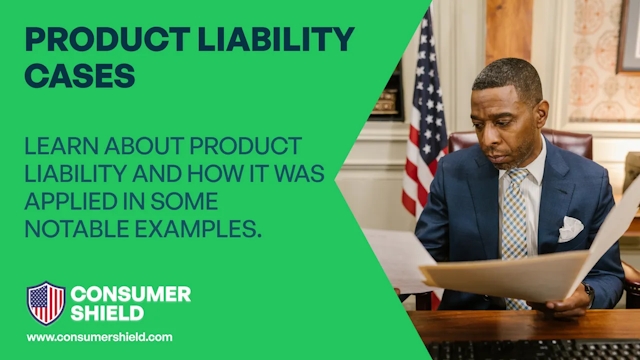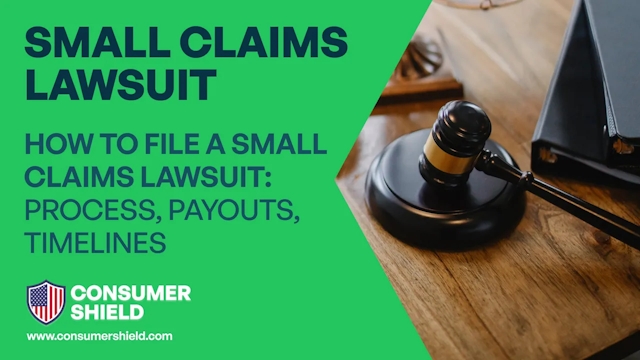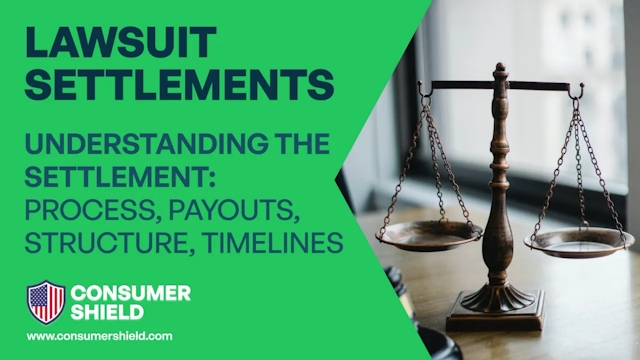What is a Class Action Lawsuit?
A class action lawsuit is a civil suit that enables one or more individuals to file a lawsuit on behalf of themselves as well as a larger “class” of individuals who’ve suffered similar losses due to the defendant’s negligent conduct . Not only do they merge individual claims against manufacturers, government branches, tech companies, healthcare facilities, and more, but they also make case processing more efficient.
How Do Class Action Lawsuits Work?
Now that you know what a class action lawsuit means, you may be wondering, “How does a class action lawsuit work?” Here’s the rundown:
- The actions of a company or other type of entity adversely affects a group of individuals in a similar manner. This can include, but isn’t limited to environmental hazards (including pollution), defective or harmful products, securities fraud, discrimination, negligent actions that result in mass injuries or deaths.
- At least one (but typically more) lead plaintiffs represent the entire group in the class action lawsuit.
- The lead plaintiff(s) must show proof to the courts that their claim is valid, and they, as the lead plaintiff, are qualified to be a representative of the group.
- If the group “wins” compensation via settlement or court order, the entire class shares the award. However, individual settlements are not always equal (i.e., some will receive more or less than others).
It’s important to note that payouts for this type of collective litigation can vary depending on the number of claimants, how much you’ve been affected, and the amount the court finds appropriate.
Further, when you get involved in a class action suit, accepting a claim settlement could exclude you from bringing a case against the defendant(s) in the future, except in extenuating circumstances.
State Vs Federal Class Action Suits
Class action suits can be filed in state or federal courts, depending on the merits, damages, and legal basis for each claim. However, the vast majority of these cases are in federal courts. Federal class action suits are tried under Rule 23 of Federal Rules of Civil Procedures (FRCP).
According to Rule 23, federal class action judgments and settlements bind all class members. Judgments typically include potential claimants who may be unaware of litigation. Generally, to proceed as a class action suit under FRCP regulations, class members' claims must share the following:
- Common questions of the law
- Joint probes of the facts involved
- Similar claims against a common defendant (i.e., injuries, damages, losses, etc.)
- Goals, strategies, and representation that align with the rest of the group
Once the joint claim is certified, it may proceed. Class action lawsuits are complex, long lasting, and can involve arbitrary clauses (i.e., contractual obligations that require the dispute go through the arbitration process). That’s why many enterprises prefer settling rather than spending money and time resources on the uncertainty of trials.
How Do Successful Class Actions Conclude?
When the defendant(s) and plaintiff(s) agree to a settlement, a judge may grant preliminary approval of the deal. If preliminary approval is granted, the settlement process officially begins – Which includes notifying class members while setting up a website for them to follow up on the settlement and start filing claim forms.
However, class action settlements do not become effective until a judge grants final approval – This happens after they determine that the settlement terms are fair and all filed objections are resolved. If a class member objects to the judgment, opt-out rights help to safeguard them by allowing them to decide whether or not their claims will be asserted.






